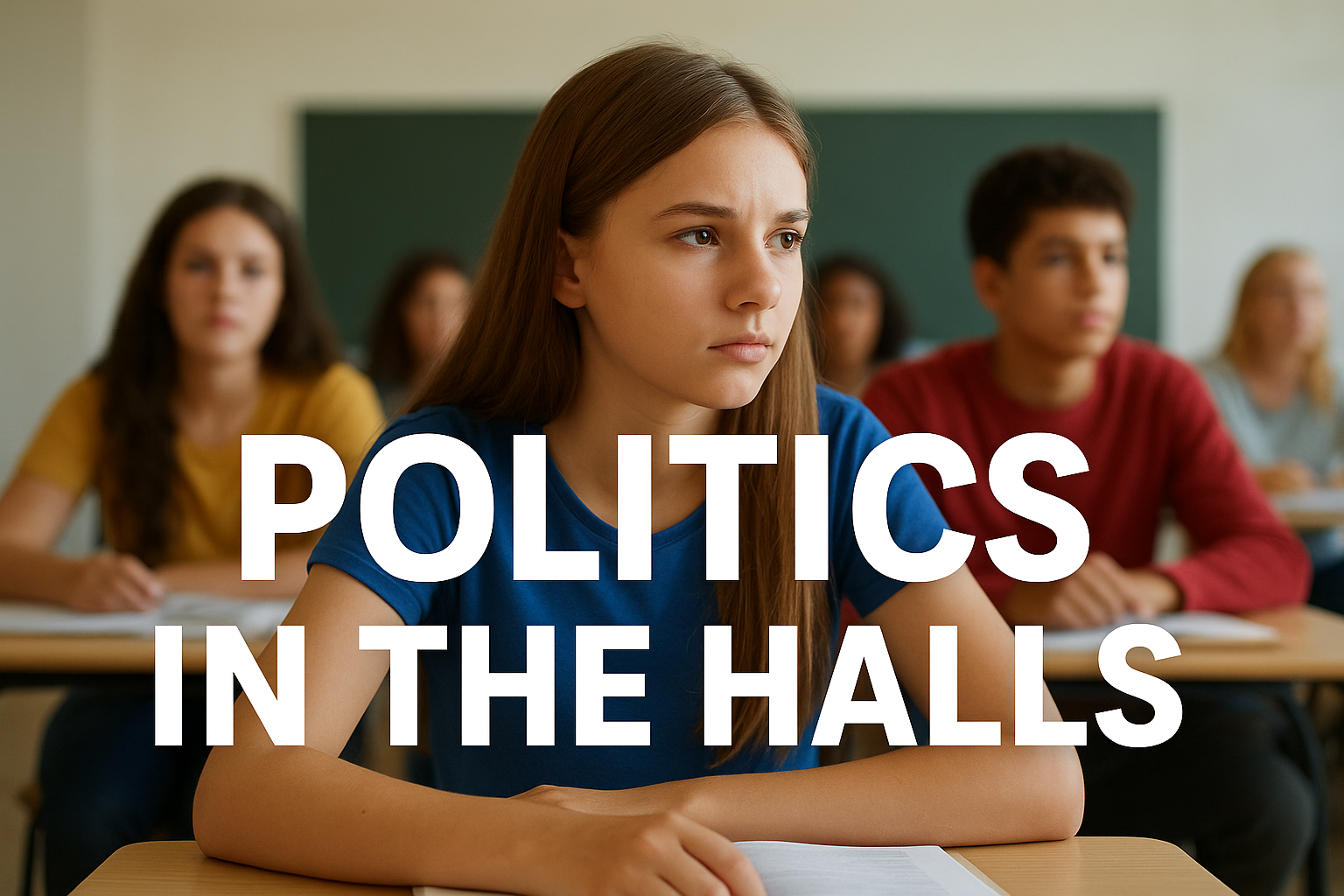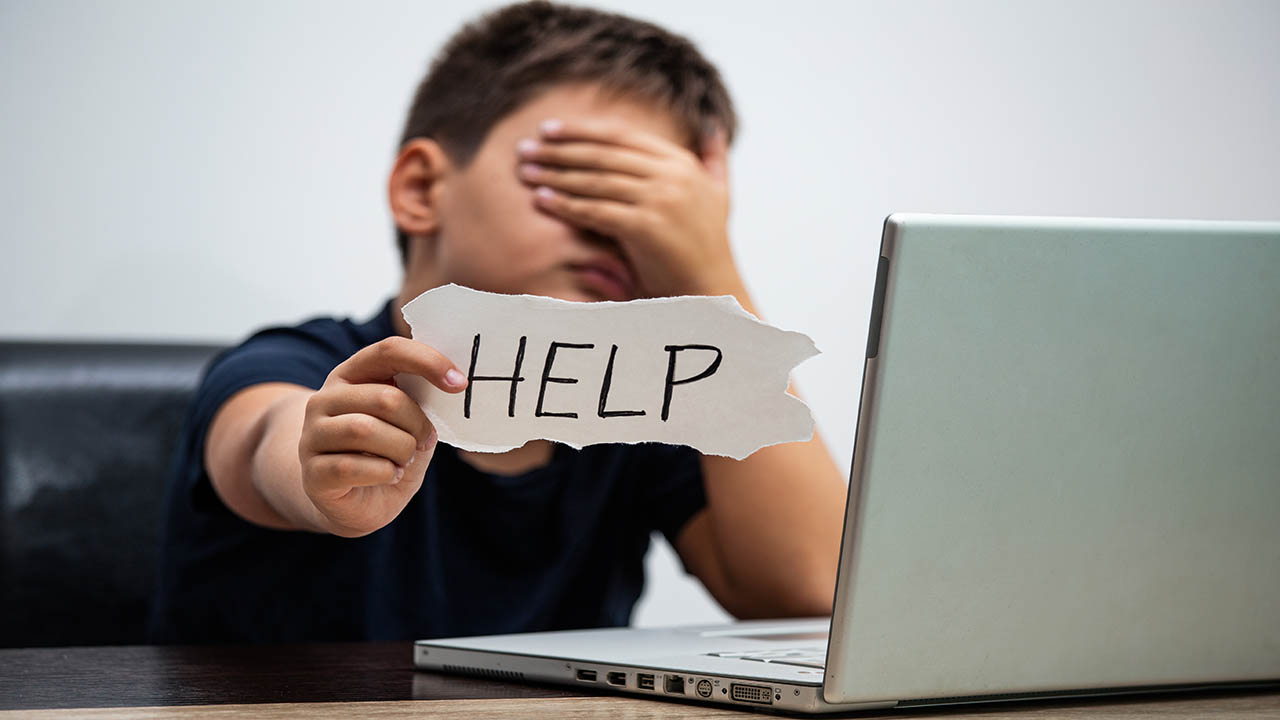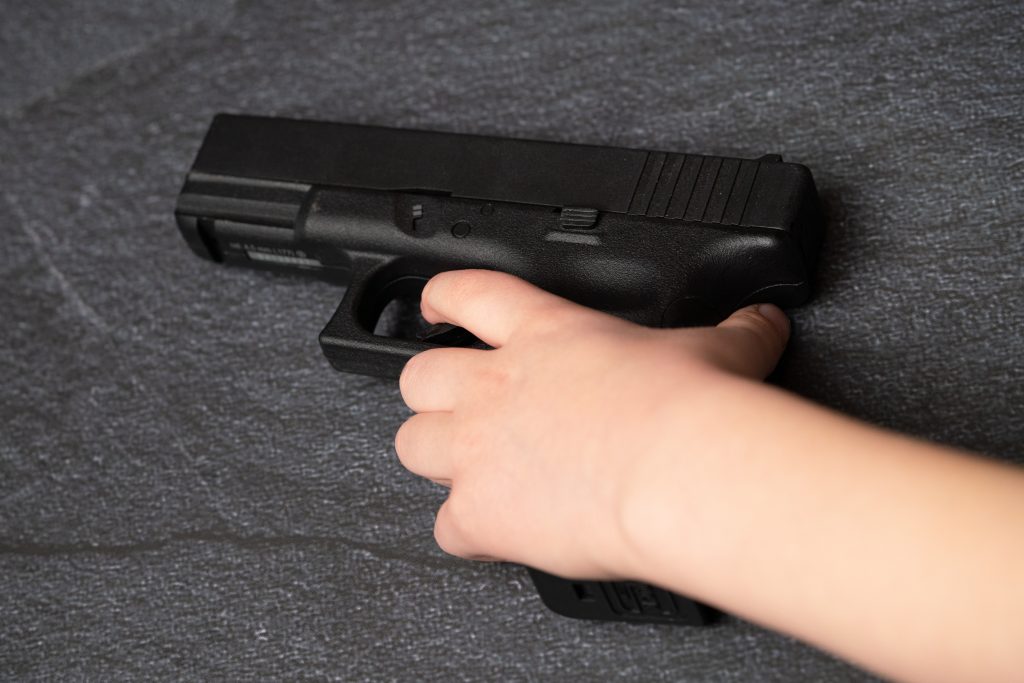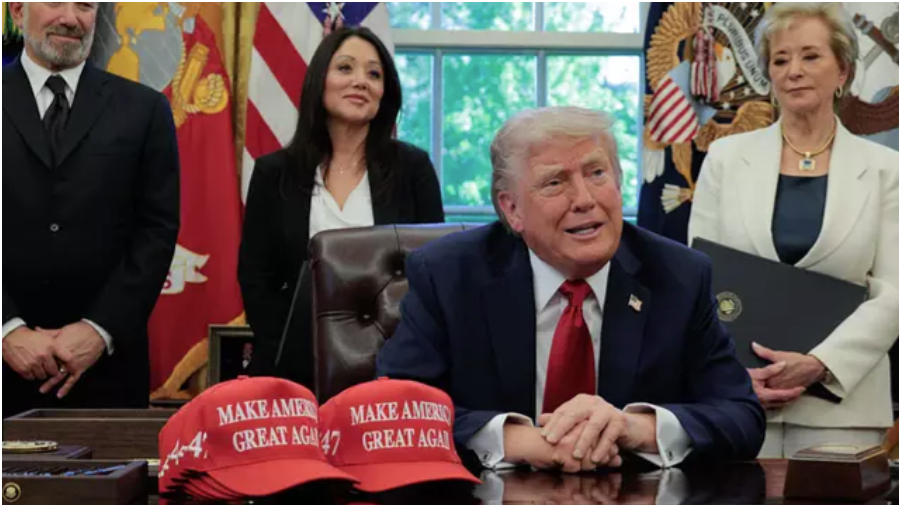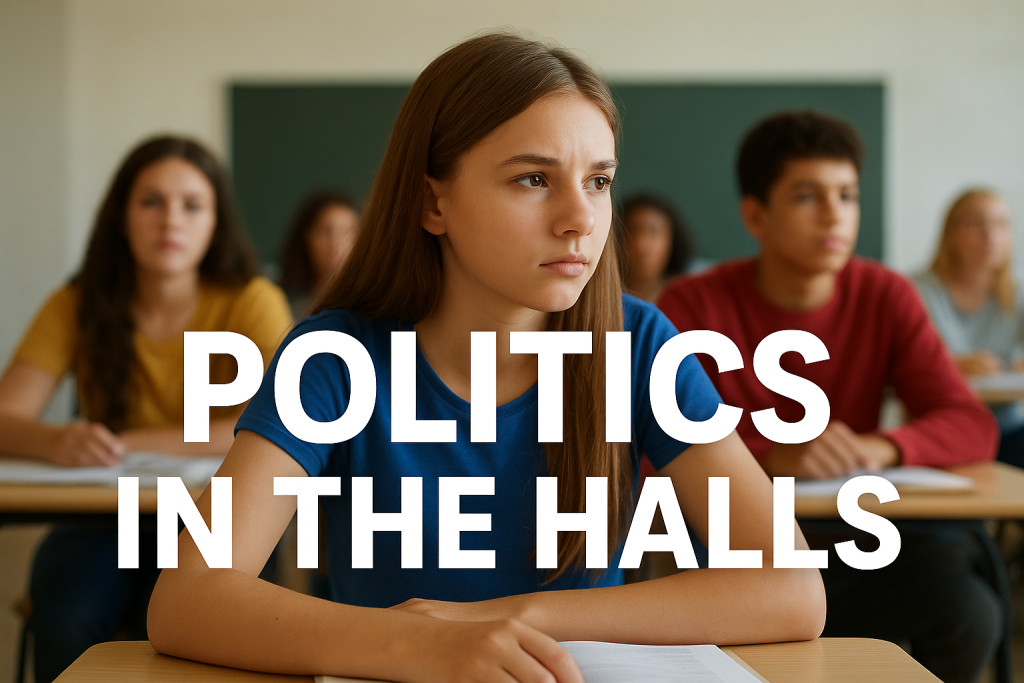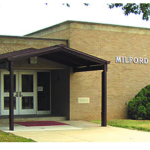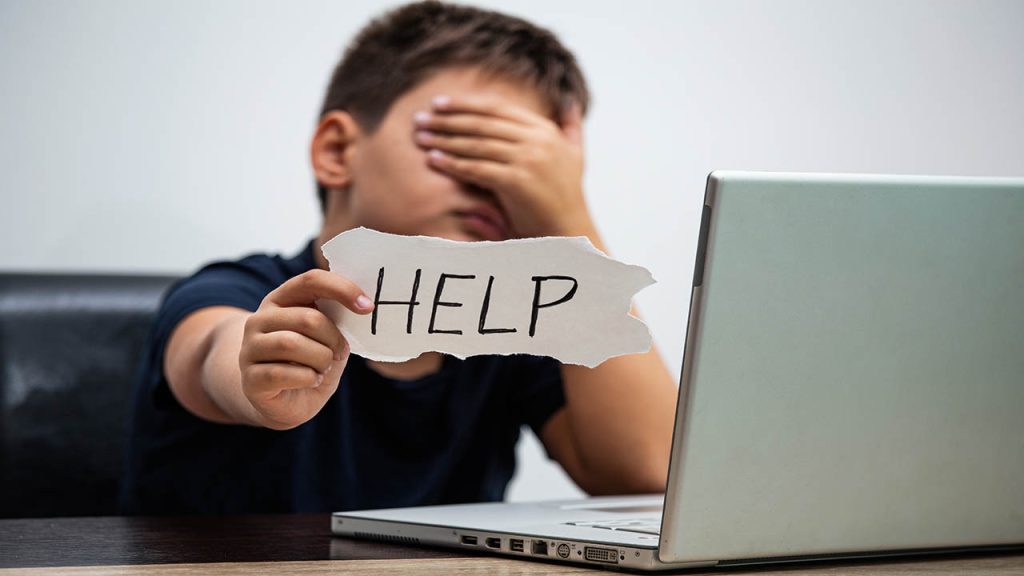
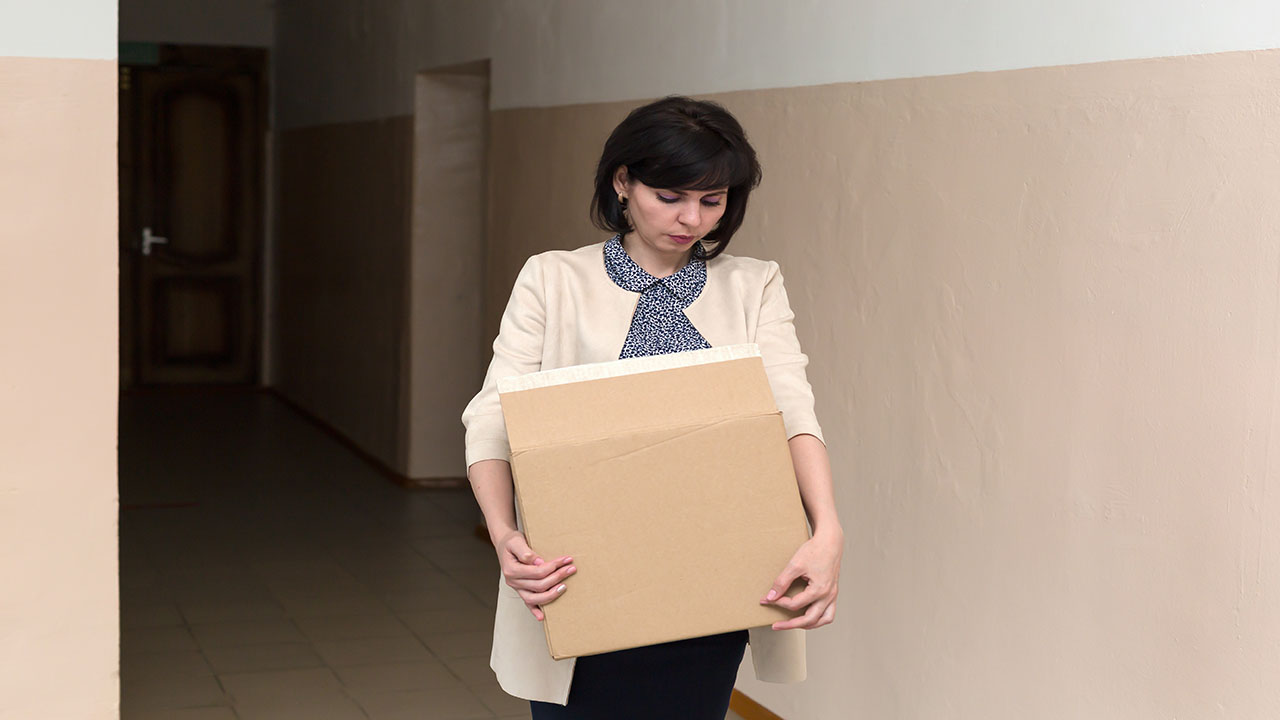
How Decades of Lax Standards for Students and Teachers Are Fueling Burnout and Chaos in Schools
As the 2024–25 school year winds down, the trend continues to deepen across the United States: teacher burnout. According to a recent report by Stateline, one in eight teaching positions is either vacant or filled by an underqualified educator
Much of the public discussion has focused on pandemic-related disruptions and political tensions in education, a deeper and long-standing issue lies at the heart of the crisis—decades of eroded accountability for both students and teachers.
When Students Face No Consequences
Classroom discipline has become one of the most pressing challenges for educators. Teachers across the country report that student behavior has worsened significantly in recent years, with many citing a lack of consequences for disruptive or even violent conduct. This isn’t just anecdotal. Numerous school districts have relaxed disciplinary policies in the name of equity or restorative justice, often removing suspensions or detentions without implementing effective alternatives.
The result? Classrooms where learning is constantly interrupted, and teachers are left to manage chaos with little support. When students are not held accountable for their actions, it sends a clear message: rules are optional. Over time, this erodes the authority of educators and undermines the learning environment for all students.
The lack of accountability has a direct link to teacher burnout. Educators enter the profession to teach, not to act as disciplinarians. When they are forced to spend more time managing behavior than delivering instruction, their job satisfaction plummets. The emotional toll of constant disruption, coupled with the feeling of being unsupported by administration, drives many to leave the profession altogether.
When it comes to administrative support, their hands are tied too. Suspension limits and Special Education protections reduce their ability to hold students accountable.
The Other Side of the Coin: Incompetence Without Consequence
While student accountability has declined, the system has also failed to hold teachers to consistent standards. In many states, it is notoriously difficult to remove an ineffective teacher. Tenure protections, union contracts, and bureaucratic red tape often shield underperforming educators from consequences, even when their students suffer as a result.
This creates a real problem. Excellent teachers are burning out and leaving, others remain in the system despite poor performance. The lack of meaningful evaluation and accountability mechanisms means that students in some classrooms are being shortchanged year after year.
I was in education for over 30 years, and an administrator for 15. I did not see one teacher removed for incompetence in that time.
Moreover, this imbalance places additional pressure on competent teachers, who are often asked to mentor struggling colleagues or take on extra responsibilities to compensate for gaps. It’s a recipe for resentment and exhaustion.
A Vicious Cycle: Burnout, Shortages, and Lowered Standards
The Stateline article highlights how states are responding to the teacher shortage by lowering certification standards, removing exams, fast-tracking licensure, and recruiting aides to become teachers
These measures may fill vacancies in the short term, but they will risk further diluting the quality of instruction and perpetuating the cycle of burnout.
When underprepared teachers enter the classroom, they are more likely to struggle with classroom management and instructional delivery. This leads to higher turnover, more student disengagement, and—ironically—more burnout. Without a serious commitment to raising standards and supporting educators, these stopgap solutions may do more harm than good.
To address the root causes of teacher burnout and student discipline issues, we must restore a culture of accountability in education—one that applies to both students and teachers.
For students, this means reintroducing clear, consistent consequences for disruptive behavior. Restorative practices can be valuable, but only when paired with firm boundaries and administrative support. Teachers must feel empowered to manage their classrooms without fear of reprisal or indifference from leadership.
For teachers, accountability should not be synonymous with punishment. Instead, it should involve robust evaluation systems that identify both strengths and areas for growth. Professional development, mentorship, and support should be prioritized—but so should the ability to remove consistently ineffective educators when necessary.
The current crisis in education is not just about burnout or staffing shortages. It’s about a system that has, for too long, failed to hold anyone truly accountable. Students are not learning the value of responsibility, and teachers are not always held to the standards their profession demands.
If we are serious about rebuilding public education, we must confront these uncomfortable truths. Accountability is not a punishment—it is a promise. A promise to students that their education matters. A promise to teachers that their efforts will be supported and respected. And a promise to communities that schools will be places of learning, growth, and order.
Until we honor that promise, the burnout will continue—and so will the exodus of our best educators.
Dig Deeper With Our Longreads
Newsletter Sign up to get our best longform features, investigations, and thought-provoking essays, in your inbox every Sunday.
The MEN was founded by John Huber in the fall of 2020. It was founded to provide a platform for expert opinion and commentary on current issues that directly or indirectly affect education. All opinions are valued and accepted providing they are expressed in a professional manner. The Maryland Education Network consists of Blogs, Videos, and other interaction among the K-12 community.

